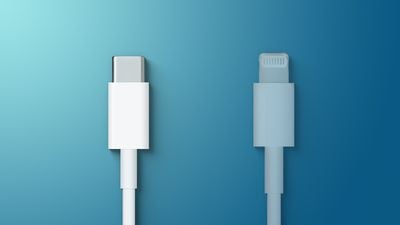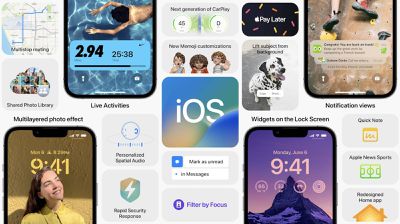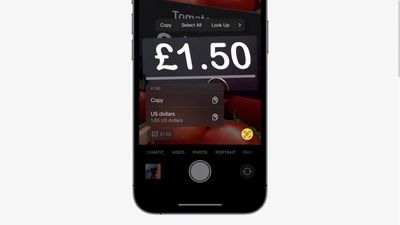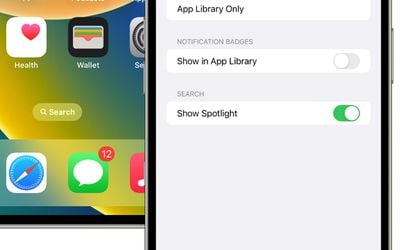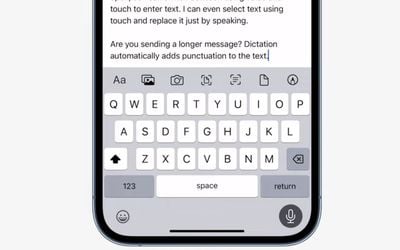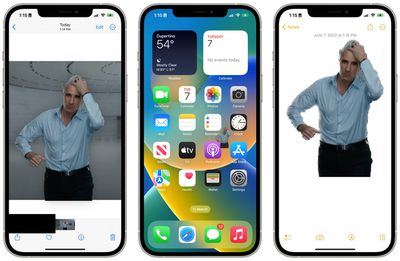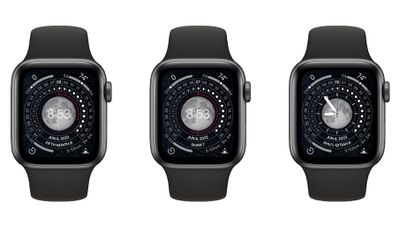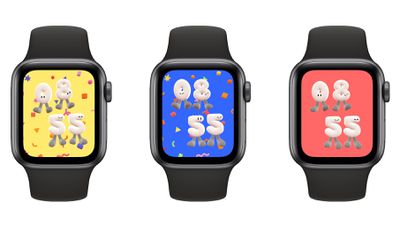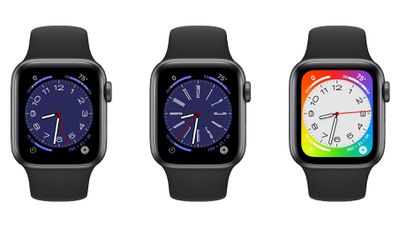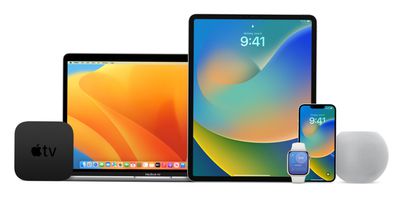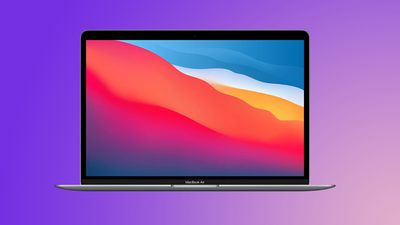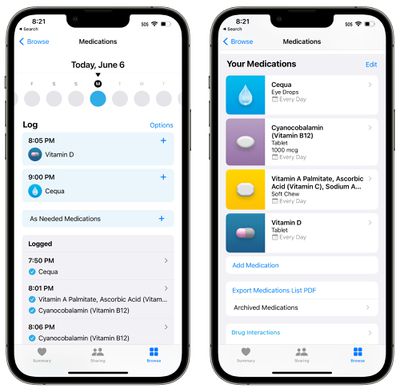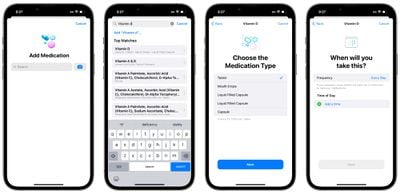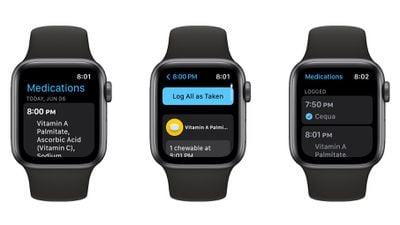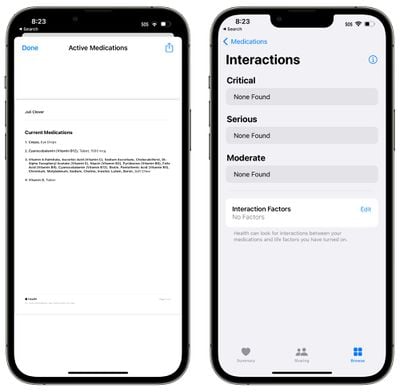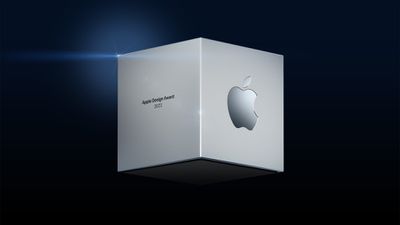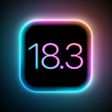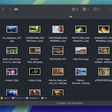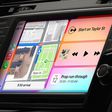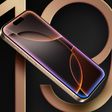Belkin today announced the launch of its new high-end Soundform earbuds that are equipped with Hybrid Active Noise Cancellation and integration with Apple's Find My app.

First announced at CES 2022, the Soundform Immerse Noise Cancelling Earbuds are Belkin's second set of Find My-compatible earbuds, following the Freedom True Wireless Earbuds that came out in 2021.
Priced at $180, the Soundform Immerse earbuds are able to compete with the AirPods Pro when it comes to cost, and they offer a similar feature set. The earbuds are equipped with 12mm dual-layer dynamic drivers and three microphones in each earbud. AptX HD 24-bit audio is supported, and there is a Multipoint connection feature for connecting to and swapping between multiple devices.
Three sets of ear tips and wing tips come with the earbuds so each user can get their ideal fit, and the earbuds last for up to seven hours on a single charge. A charging case adds an additional 24 hours of battery life, and the earbuds are able to charge wirelessly with any Qi charger or over USB-C.
The earbuds feature an IPX5 water resistance rating, allowing them to hold up to light splashes of water and sweat. Sound is able to be customized using the accompanying Belkin Soundform app, and there is a Hear-Thru mode that's similar to the Transparency mode on AirPods Pro.
iPhone users can add the Soundform earbuds to the Find My app, allowing them to be tracked right alongside other Apple devices to make it easy to find them should they be lost. With Find My network support, the earbuds can be tracked down even when they're out of Bluetooth range by leveraging other nearby Apple devices.

Belkin today is also introducing the Soundform Play True Wireless Earbuds that follow the original Soundform True Wireless Earbuds, and debuting the Soundform Nano Wireless Earbuds for children. Neither of these other earbuds have Find My integration, but they're much more affordable.
All three sets of earbuds can be purchased today from the Belkin website. The Soundform Immerse are priced at $180, the Soundform Play are priced at $60, and the Soundform Nano are priced at $50.


